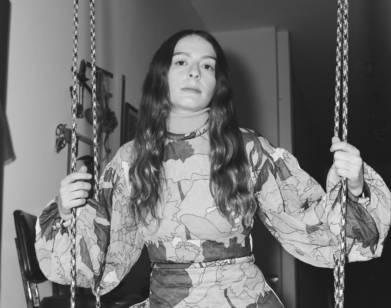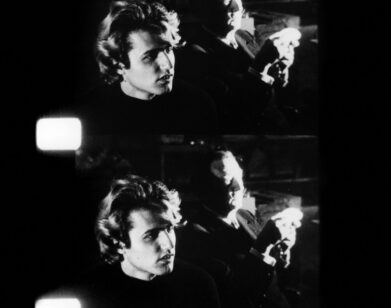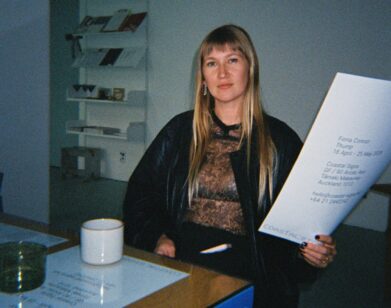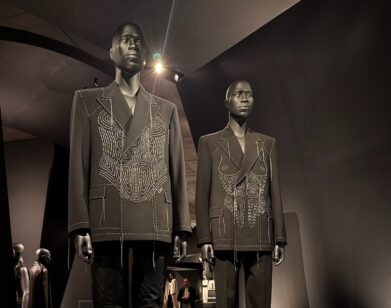Frances Quinlan on Her Favorite Paintings (and Two of Her Own)
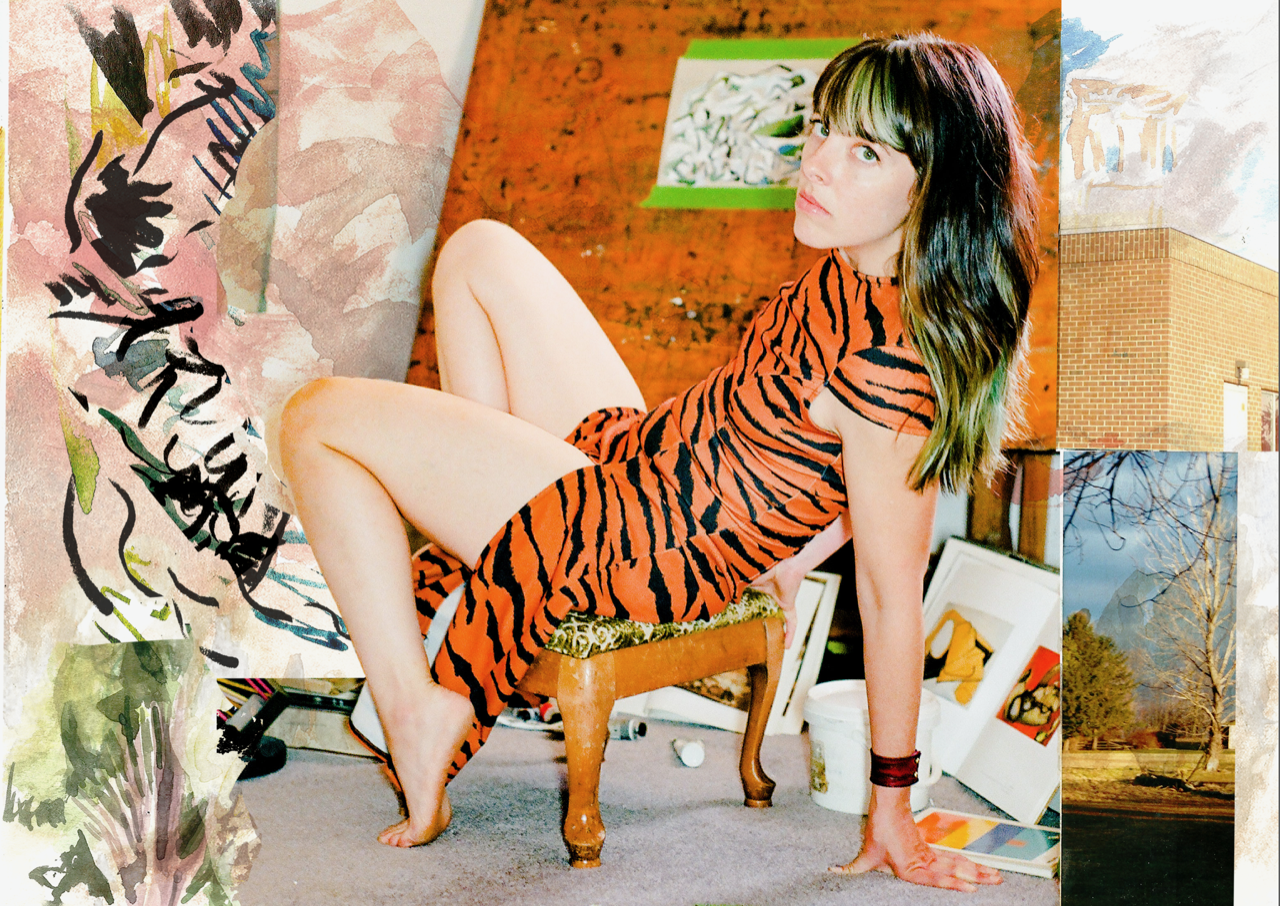
Photo by Julia Khorosilov.
Long before Frances Quinlan found herself at the vanguard of indie rock, she was cultivating an entirely different passion. The Hop Along vocalist, songwriter, and guitarist studied painting at the prestigious Maryland Institute College of Art, a craft that preceded—and perhaps informed—her songwriting. “I started painting before I started writing songs,” she says. “So very likely, my life as a visual artist has had some impact on my life as a songwriter.” Quinlan hasn’t backed away from her first love, even as her band has found itself becoming a fan favorite and critical darling. The artwork for Hop Along’s most recent album, 2018’s Bark Your Head Off, Dog, is an abstract landscape portrait that would make Quinlan’s painterly heroes proud.
Quinlan didn’t paint that picture for the sole purpose of the album, but for her recent solo debut Likewise, she went straight for the brush, covering the album with an expressionistic self-portrait. At first glance, Quinlan appears in a state of mild surprise, but there’s more to it than meets the eye. Clouds and tall trees below Quinlan make her something of a god, and two actual photographs are collaged into the periphery. The painting positions Quinlan as deeply in tune with her surroundings, just as she is throughout Likewise. The album finds her signature raspy wail contracting and expanding from a smooth whisper to a ferocious scream as her acoustic guitars and starry synths transition from blissed-out to explosive. Her lyrics tell stories as immaculately detailed as they are open to interpretation, a quality you can find not only in her work in Hop Along, but in her favorite paintings. Below, Quinlan shows us a few.
———
The Blind Leading the Blind by Pieter Breugel the Elder
“It’s almost like an early comic strip. It’s beautifully rendered. It’s almost illustrative. I love that he’s speaking on humanity, and he often painted the poor. There’s a strange humor to the way he sets it up about the subjects being on the verge of falling, and yet he’s capturing this humanity in their faces and how they’re clinging to one another. I love his use of color. It’s very striking. He’s so good at creating these very believable environments. Even though you can see that they’re a fantasy, I feel like I could walk into one.”
———
Interior, Mother and Sister of the Artist by Édouard Vuillard
“I love Vuillard, and I love when painters depict families, especially when it’s their own, and it’s more about capturing a particular mood that is clearly very felt by the artist. I see this beautiful sisterly influence, which I love. At the same time, it’s got this level of unease, as well as this level of warmth.
There is a discomfort in feeling known in such a weighted way. People that have known you your whole life … there is an expectation. That is a weight, and at the same time, you can love a person dearly. It’s not simply one thing or the other. I think there is something so beautiful to feeling known for such a long time, as limiting as it can be.”
———
The Little Laundry Girl by Pierre Bonnard
“I love the comic strip feel of it. I love finding that in artwork. I honestly think of some Hop Along songs as sinister comic strips. The characters oftentimes feel a little two-dimensional because you’ve only got so much room to tell a story.
It implies a lot without saying too much, which I’m always hoping to do in my work. I’m sure I add more than is needed at times, but I love the idea of saying a lot without giving too much away. I love paintings that enclose these little moments. Here comes this dog, and what is about to transpire? Is the girl afraid? Is the dog friendly? There’s a lot in that little instance.”
———
Der Gordische Knoten by Anselm Kiefer
“I love how different painters have captured something like the forest. You look at old paintings, and they make the valleys expansive and the forests so small, but I loved how Anselm Kiefer makes the forest. There is a terror in how it looks scorched. It looks as though there has been a horrible fire. War comes to mind in all of this, and there are no people in sight. There’s so much story there, and yet it’s devoid of people. I do really like how he’s able to keep the figure out and still tell so much. I think that’s such a cool way to deliver a feeling and tell a story.”
———
South by Joan Mitchell
“Even though the color is vibrant and it’s not city-like, a lot of her work makes me think of the city. I think she was an influence for me to do landscape painting in [Hop Along’s tour] van. The idea that perhaps it’s more important to capture the feeling of that moment spent in travel than to worry about depicting where you are exactly. We’re different people from each moment to the next.
Paintings say more about our own perceptions. My perception is nothing like Joan Mitchell’s or your perception. I can’t help but worry that I’m sounding corny, but I just don’t see her worrying about interpretation, and I think that frees the viewer as much as it does the painter.”
———
Cascade of Terni by Jean-Baptiste Camille Corot
“A lot of his works that I love are his studies, and this is a study. I imagine he didn’t worry about the viewer at all, and so this is such a freeing piece to look at. It’s like he’s only thinking about the light and the temperature.”
———
The Lock by John Constable
“I like that he’s vague about exactly what’s happening. A storm might be happening, and yet there’s light shining on the person working, and on the dog off to the side, and the tree off to the right, and there’s this person working during the storm. It looks like there is so much activity and struggle, and yet these two people are completely anonymous. You cannot make out their faces. They could be anybody, and yet so much is happening. I really like that. It’s a small moment, and yet it’s happening in this massive expanse.”
———
Bark Your Head Off, Dog by Frances Quinlan
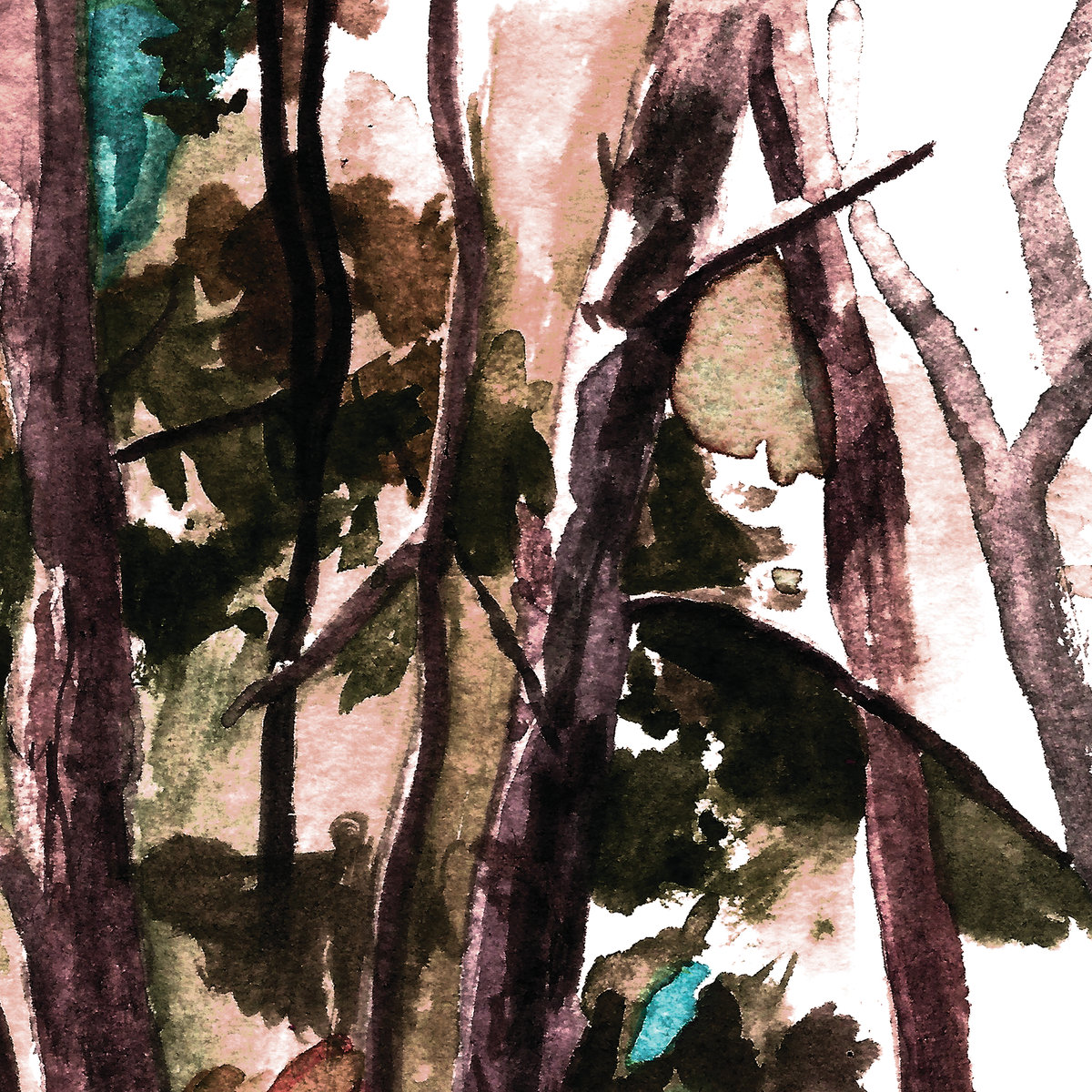
“I was in my friend’s father’s backyard on tour, and his dad has a house in the woods in Athens, and that was when we were on tour with Built To Spill. I tried to be more aware of the moment that I was sitting in. I’m so lucky that I get to travel and experience these new places all the time, and I think sometimes I’m concerned about other things too much to really witness the moment. We were in the woods, it was so beautiful out, and it was rare to have a chance to sit on a porch like that. I had to paint while I had a moment, but I certainly wasn’t thinking it would be the album cover at all.”
———
Likewise by Frances Quinlan
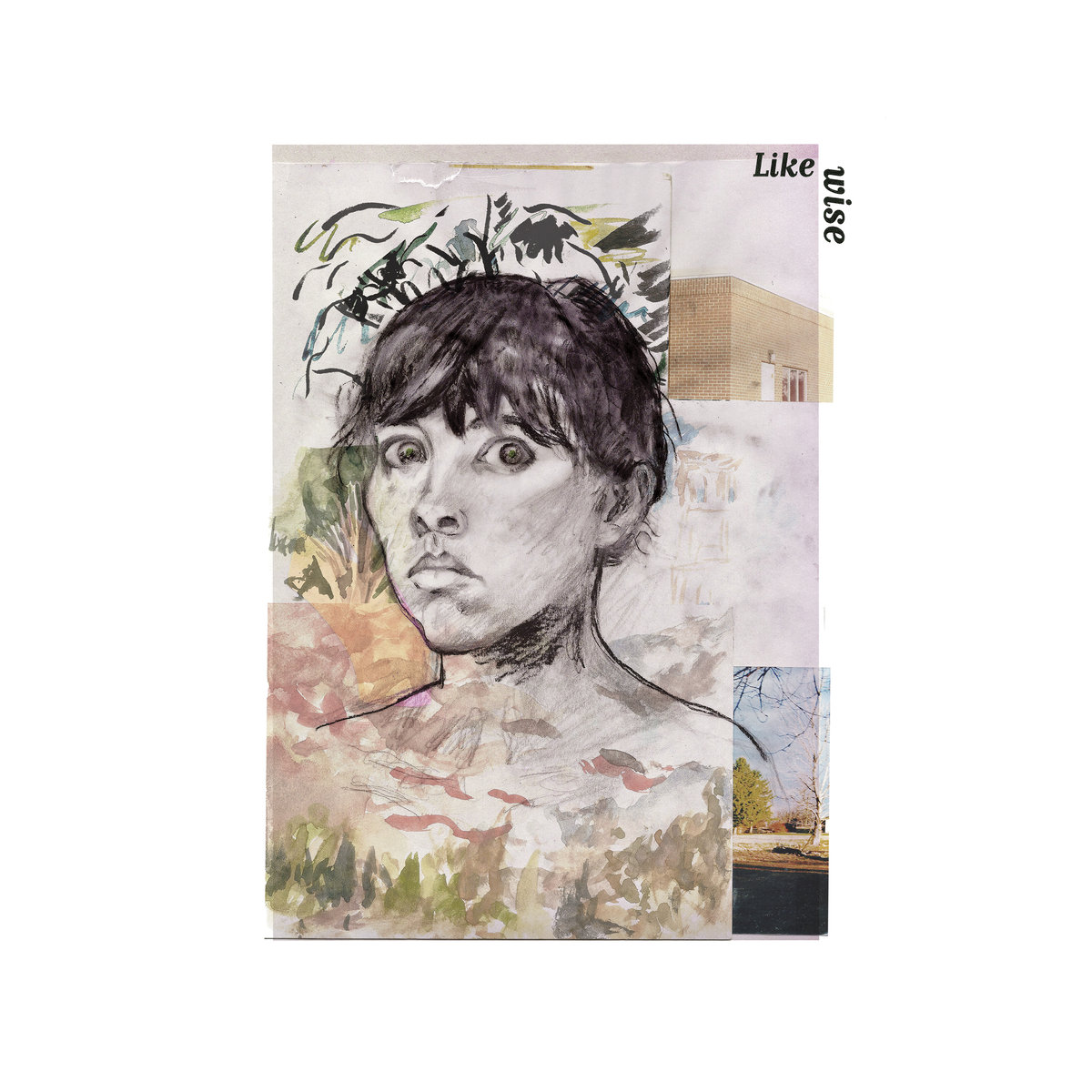
“I was thinking a lot about memories when I made that. Because it’s a solo album, I figured I would be expected to have some image of myself, and I really wanted to avoid that. I had a different painting intended for the cover that was far more abstract, and not a portrait at all. someone mentioned that it looked a lot like a Hop Along cover, and I really didn’t want to do anything too familiar to my previous work, and so I thought, ‘Well, I haven’t done a portrait in a long time,’ and it took four tries. The other things behind it are from the past: memories, paintings done on tour, photos taken many years ago. Memory is a landscape.”

